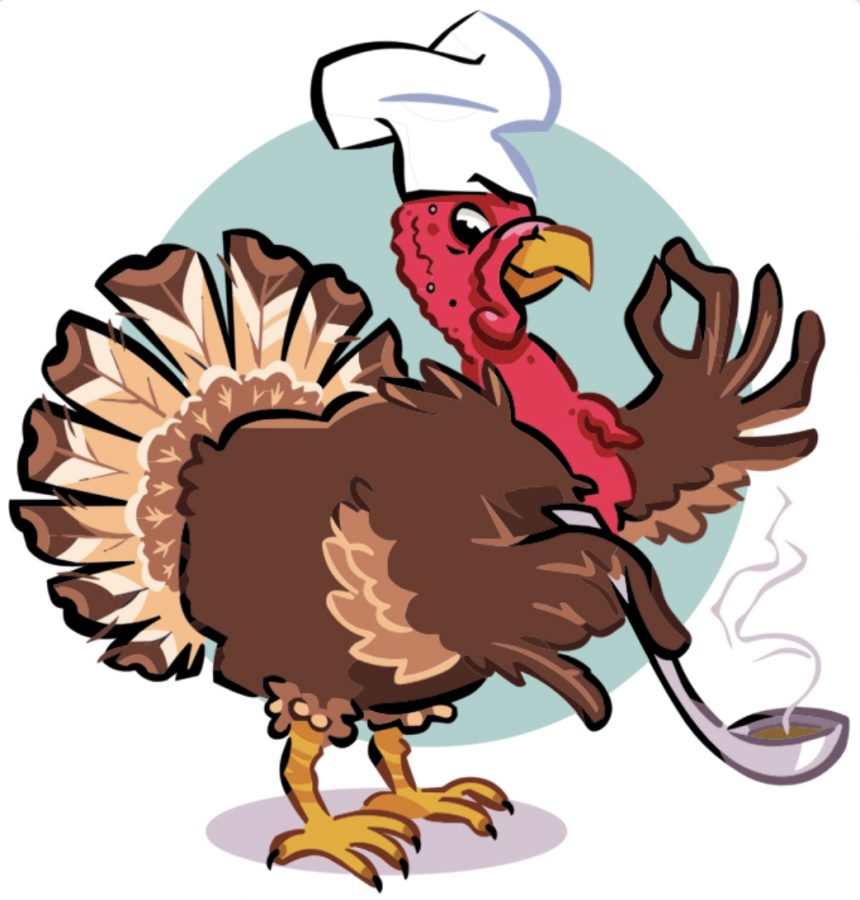The First Feast vs. Thanksgiving
November 16, 2020
If you’ve visited the Wylie Paw Print website recently, you may have noticed our latest poll. The poll asks for your favorite Thanksgiving food out of the usual lineup: turkey, pumpkin pie/bread, stuffing, cranberry sauce, or yams, but is this actually the traditional lineup enjoyed by the famous pilgrims and their native companions? What was a feast really like way back in ye olden days?
The Feast
The pilgrims and their friends from the Wampanoag tribe could teach us a lesson or two about feast fare. It is believed that the famous feast that inspired our Thanksgiving lasted for a whopping three days! Some families can’t even go ten minutes without being at each other’s throats, which eventually did happen between the Wampanoags and their Pilgrim property owners, but that’s a story for another time.
You probably will not be surprised to know that the Pilgrims’ feast was not actually called Thanksgiving. In fact, we don’t even know what they actually did call it if anything. What we do know is that it took place after the first successful harvest, due to the help of their neighbors, the Wampanoags. In fact a lot of the food items at the feast were very much influenced by the Wampanoags and their way of life.
The Menu
Finally, what you all came for. The food.
Item #1 Turkey vs. Venison
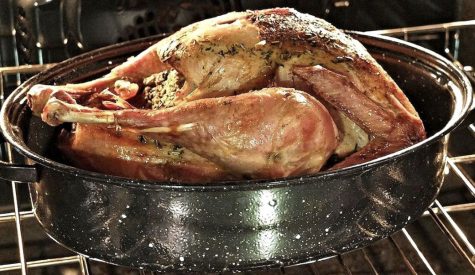
I don’t know about anybody else, but personally turkey is my favorite part of any Thanksgiving meal. Nowadays turkey is the headline of almost every Thanksgiving feast. But, it wasn’t always that way. From the few surviving records of the first feast, historians gather that the pilgrims likely consumed more venison than turkey or other wild fowl. The reason for this being the Wampanoags had gone on a very successful deer hunt, the spoils of which they brought to the celebration as a token of good will. Aside from venison, it is surmised that they probably ate an assortment of wild fowl which may have included turkey among other birds, but these dishes were not the front man of the feast like they are today.
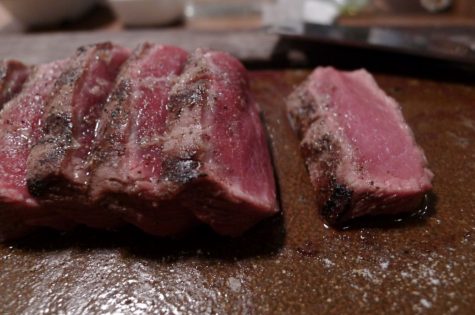
Item #2 Pumpkin Pie vs. Meat Pies
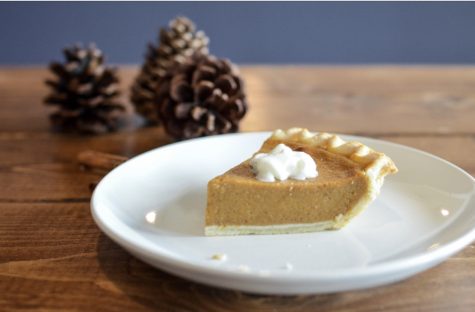
As weird as it is to think about, our feasting forefathers did not partake in the consumption of a canned gourd spread on top of a thin pastry (pumpkin pie). Wheat, sugar, and butter were not as common for the Pilgrims then as it is today, especially seeing as they started anew in a foreign land and had no stable supply of either of these confectionary elements. Any bread or pastry-like item was likely made with a corn meal/maize. But, it would have taken the apocalypse itself to pry a good pie out of the pilgrims hands. Nobody ever really stated that pies had to be sweet did they?
Instead our famished ancestors set their eyes on… meat. Meat pies were actually pretty common back in their day, and they could be filled with any assortment of dead animals like fish or poultry.
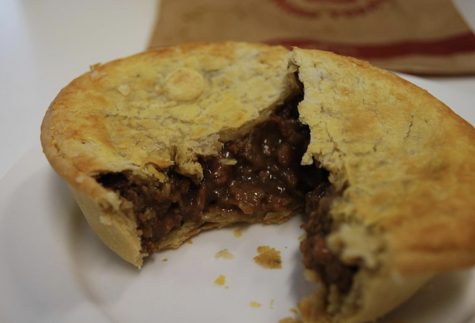
- Picture from Wikipedia Commons
Item #3 Stuffing vs. Corn Mush
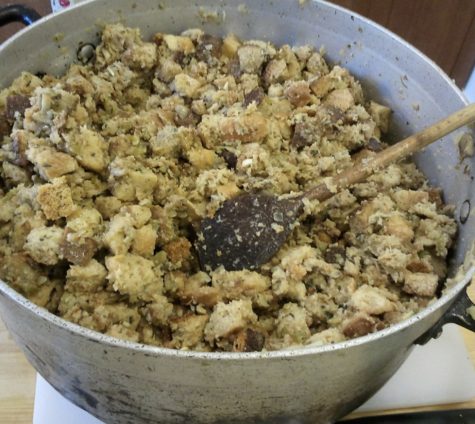
As I mentioned before, there was no great supply of wheat, flour, or sugar in the new colony, so the pilgrims had to get creative. Stuffing just wouldn’t have been possible or around back then, but the eighteenth century equivalent would have been corn mush. As we know the Wampanoag tribe was very adept at growing corn, beans, and squash, among other items. Corn would then be turned into cornmeal, boiled, and occasionally sweetened. Mighty tasty if you ask me.
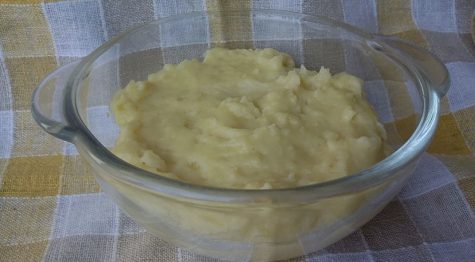
Item #4 Cranberry Sauce vs. Nonexistence
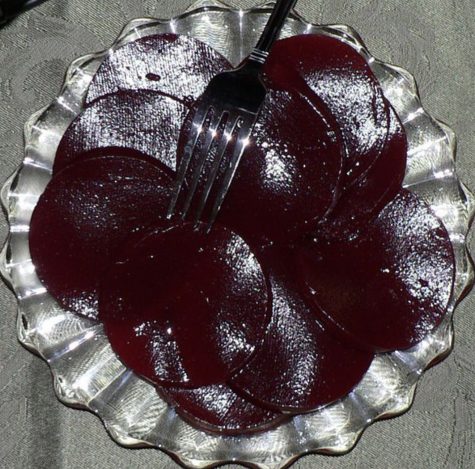
In all my research, I have not been able to find the equivalent of cranberry sauce in the first feast’s menu. It simply did not exist. Shortages of sugar may have contributed to this tragedy, and the art of boiling cranberries and sugar would not be practiced until much later. I personally don’t really care for cranberry sauce, but I know plenty of people who rave about it, and I am sad to say that this is one dish that never graced our forefathers’ dietary systems.
Item #5 Yams vs. Boiled Pumpkin
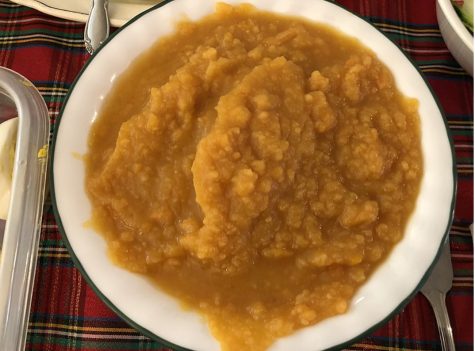
Honestly I have never heard of anybody who swears by the yams as their favorite dish, but nonetheless there is an eighteenth century equivalent. Turnips, ground roots, and hear me out, boiled pumpkins/ squash, were very likely to have been eaten back in the day. Potatoes, sweet potatoes, nor yams had really made their way to the Pilgrims’ part of the world yet, but apparently boiling things was quite popular? Many people in those days would boil pumpkins or other gourds to create a tasty… mush. Other items of nutritional value might have been any assortment of ground roots. The natives in particular had a special knowledge of and experience with gourds and ground roots, and there was no shortage of them at the feast.
(Unfortunately I was unable to find an accurate picture of boiled pumpkins for your viewing pleasure, but if you can just imagine a cross between corn mush and yams that’s pretty much it.)
Thanksgiving for my family is never exactly the same each year. One year I may have turkey with all the works, while another year I might have tamales waiting for me at the table. Yet, across all the time, space, and distance, the Thanksgiving spirit remains virtually the same. While I can’t go back in time to see exactly what ended up in our ancestors’ stomachs, I feel confident that they enjoyed their feast as much as we do today.
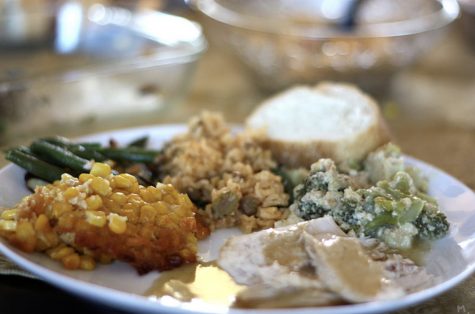
HAVE A WONDERFUL THANKSGIVING!
